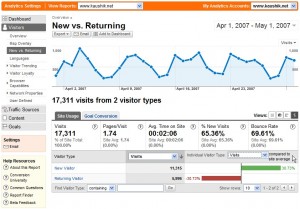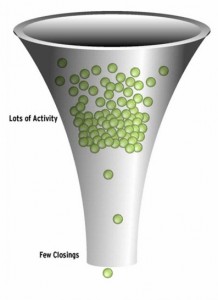Effective Lead Management: More Than Marketing Automation Alone
 With marketing automation platform (MAP) adoption expected to generate $750 million by the end of the year, we felt it was important to draw a distinction between MA and lead management. Marketing automation is a function of delivering scheduled messaging to marketing leads. But lead management is a process of advancing those leads appropriately to the point where they can be migrated to a CRM system (like Salesforce.com) and engaged by your sales team.
With marketing automation platform (MAP) adoption expected to generate $750 million by the end of the year, we felt it was important to draw a distinction between MA and lead management. Marketing automation is a function of delivering scheduled messaging to marketing leads. But lead management is a process of advancing those leads appropriately to the point where they can be migrated to a CRM system (like Salesforce.com) and engaged by your sales team.
We believe there is more to MAPs like our Lead Management Automation™ platform than automatically delivering customized messages. To truly leverage the strengths of a MAP, you must use the technology to advance marketing leads through your marketing funnel.
While some companies implement parts of their MAP, those that deploy all the features relevant to lead management within a robust platform see higher ROI. Why is that? Because successful conversions require more than messaging.
Certainly, managing leads involves messaging. But effective lead management also requires appropriate timing, sufficient escalation of the relationship, rapid response, and accurate scoring. For example, our real-time visitor tracker, Streamer, provides visibility about who is on your site. The information provided can reduce response time by allowing the user to quickly engage in a chat or send a personalized email.
Our Briefcase™ dashboard is another example of the robust lead management capabilities that can improve lead classification, scoring, and distribution to sales agents. LMA users can quickly identify the most qualified and sales-ready leads. Features like this expand our MAP beyond simple automated marketing practices.
Lead management takes a fresh suspect and turns it into a marketing-qualified lead that has been adequately engaged through the marketing automation process. Factors such as content development, database segmentation, and lead distribution all play significant roles in managing leads effectively.
Of course, not all leads that enter the pipeline through an MA platform will go on to become a sales opportunity. But leads that are managed effectively through MA functionality such as lead scoring, real-time tracking, or lead qualification are more likely to be converted.










